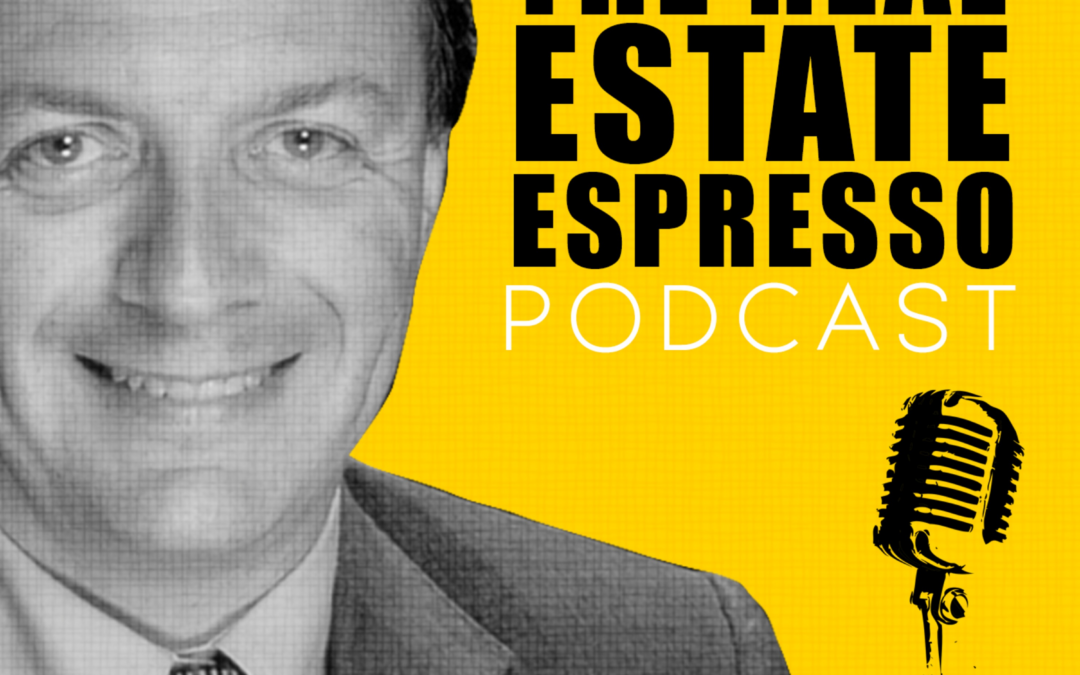Dominic asks,
Dear Victor,
Thank you for the ongoing excellent content.
While awaiting projects to invest in that make sense to me, I’ve been looking at various places to hold capital.
Do you have any thoughts regarding the “infinite banking” concept using whole life insurance policies as a collateralized asset?
The pitch seems to be that these policies provide tool to park unused funds with some dividends. When a suitable investment comes along, the insured borrows from the insurance company with the cash value acting as collateral.
The pitch being “your money is working in two places”, earning dividends within the policy while also being deployed in a higher return investment. Other advantages being potential tax advantages on accrued values, some asset protection as insurance policies may be exempt from some collection actions, and generational wealth transfer.
In concept, this seems to me to be similar to leveraging collateral of other assets, such as real property, precious metals, etc.
I would be very interested to hear if you have any thoughts on the utility of this.
Dominic, this is a great question. Let me preface my comments by saying that your question really gets to the heart of personal philosophy around money and around how to best invest. It’s a little like asking whether the image on the magazine cover is beautiful.
I personally am not a fan of life insurance policies in general. But that’s just me. Remember, life insurance companies make a profit. There is no free lunch. When you borrow against your life insurance policy, it’s my understanding that the value of the policy is reduced by the amount you have borrower. You are correct, borrowing from your life insurance policy can be a quick and easy way to get cash in hand when you need it. You can only borrow against a permanent or whole life insurance policy. Policy loans are borrowed against the death benefit, and the insurance company uses the policy as collateral for the loan.
But you need to read the fine print. Some policies penalize you more than just the money borrowed.
Those who advocate life insurance as an investment usually justify it on the basis that the cash balance of the policy grows inside the policy tax free. The argument is that if you don’t touch the cash for a long time (20 years), you get growth of the cash. If you don’t collect on the policy, then you can often negotiate flipping the policy into an annuity with the life insurance company. Earlier this year we did an analysis of annuities from life insurance companies and we found the quoted rates of return to be approximately 1%. The yield was better in US Treasury bills. The only reason to put the money with an insurance company is if you have zero financial discipline and can’t leave the cash in your own bank account.
As an investment vehicle, life insurance policies have very high fees. These fees are much higher than a mutual fund on Wall Street.
If you’re horrible at money management but can swing your premiums for the long haul, then a whole life policy could serve as a means of forced savings, since you’ll eventually have the option to tap your policy’s cash value.
My personal preference is to buy term life insurance and then make investments separately. True real estate investors have the ability to generate much higher returns than an insurance policy. The amount of money required to make a solid real estate investment is far beyond the cash value of most life insurance policies.
There’s a mismatch between the amount of capital in a life insurance policy and the cash required for real estate investing. Savings as the path to building wealth in real estate is the slow train. You won’t be able to realistically save fast enough. If you develop the skill to raise capital, then you can multiply your returns much faster than is possible with savings alone.



